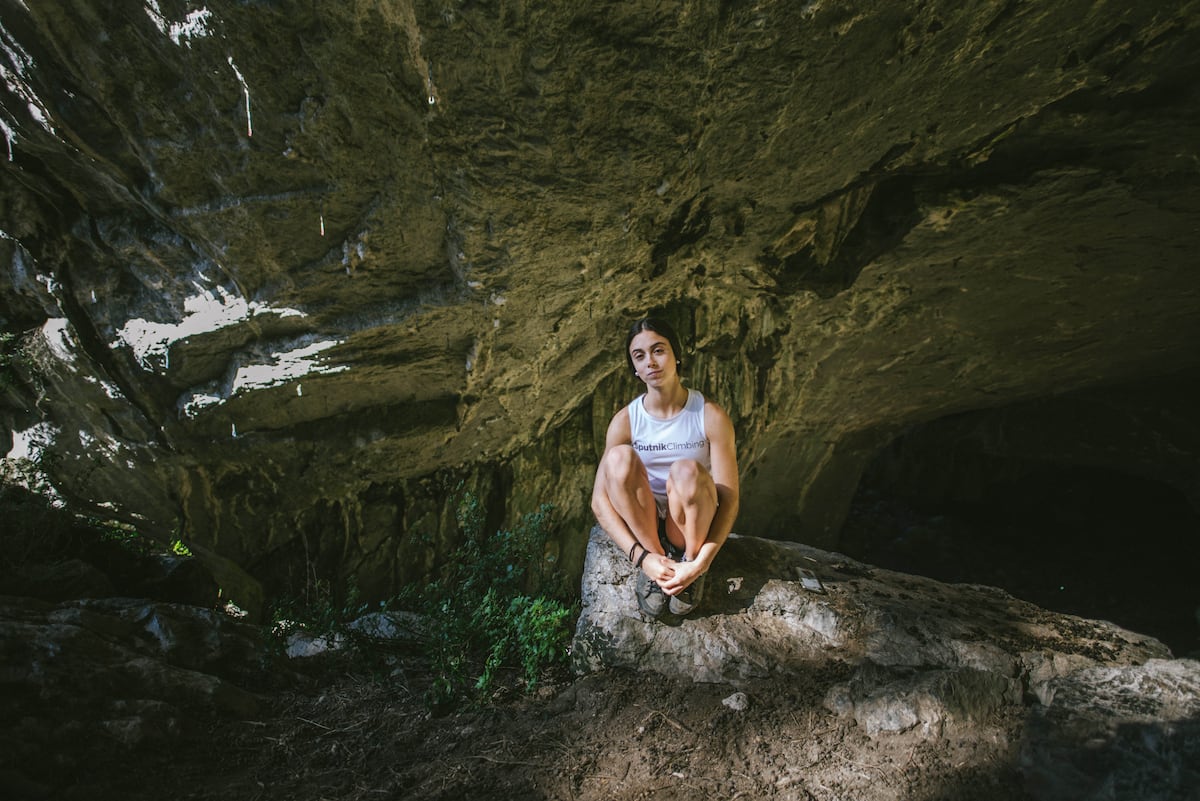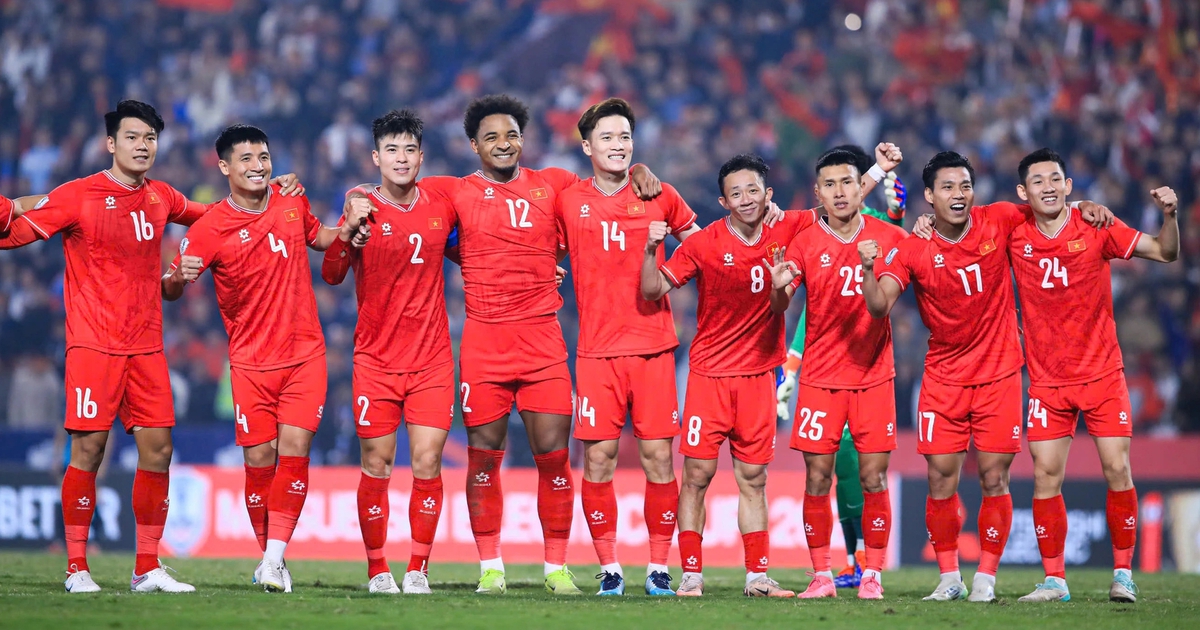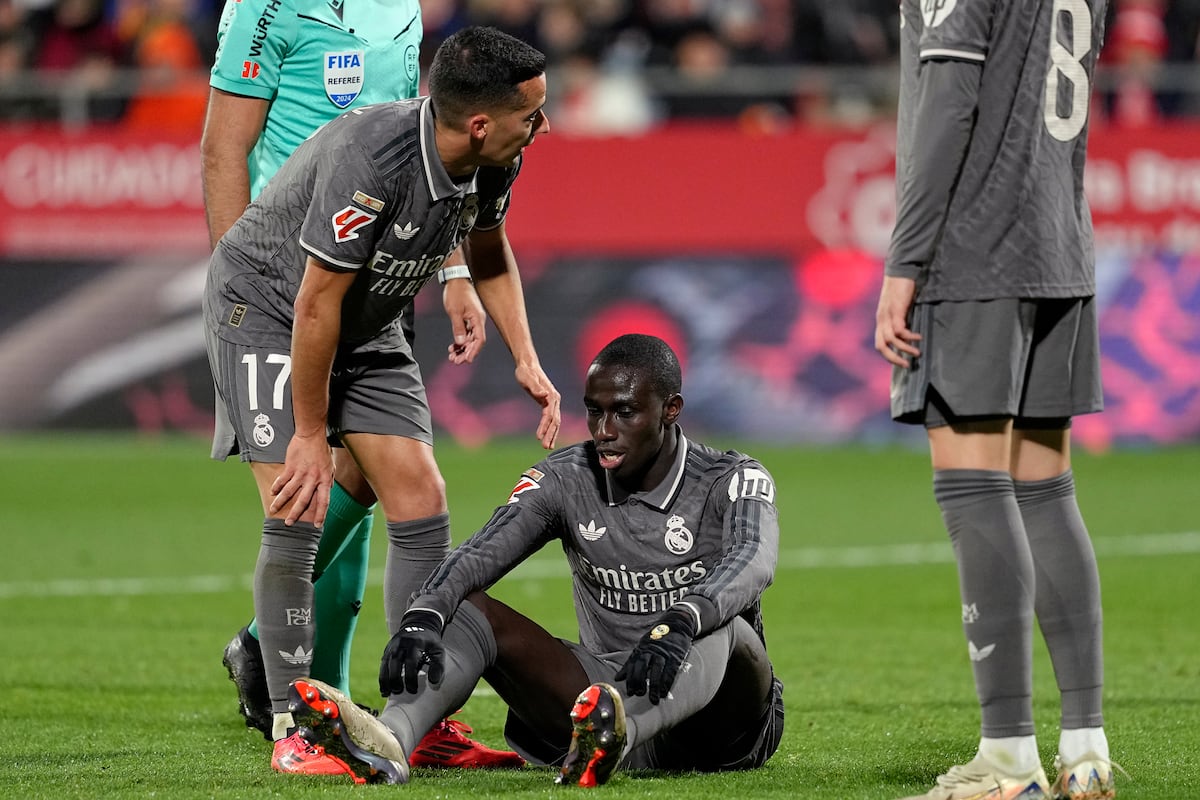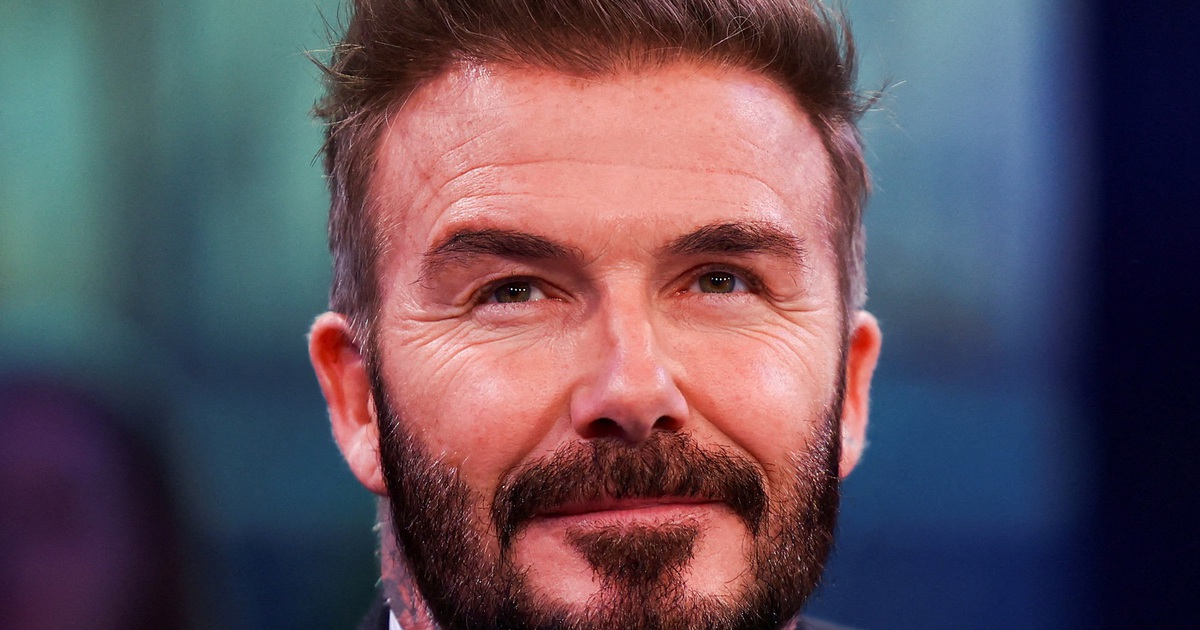Ainhize Belar still seems like the girl who, at the age of eight, began accompanying her father on the weekends on his way to the landmark Biscayan walls. Today she is 18 and those who have known her since they saw her playing carefree at the foot of the tracks, and then discovering the vertical world, continue to see her as extremely young. It may be because of his discreet size (1.57m), his shyness, his carefree serenity. But none of this covers up the fact that she has just crashed into the female world elite by becoming the first Spanish climber to reach the difficulty of 9a+. Within her reach is 9b, the absolute ceiling that only five women have stepped on.
Her coach and those who follow her with amazement claim to not know where her margin of progression ends. For now, she has erased a long wait of almost 20 years to dethrone the also Basque Josune Bereziartu, who in 2005 chained the Bimbaluna route in Switzerland, rated 9a/+. So, he was practically able to climb as hard as the best men. Bereziartu is one of the three most influential women in the historical development of women’s climbing and her name can be associated with Catherine Destivelle or Lynn Hill. But two decades of waiting already seemed traumatic.
For this reason, when at the beginning of September Ainhize Belar reached the chain of the Iñi Ameriketan road in the Baltzola cave, in Dima (Bizkaia), the news shook social networks like a small earthquake. Esther Cruz, Bereziartu’s contemporary, competitive climber and also a coach, is clear why the Gipuzkoan was so ahead of her time: “She had talent, motivation, but above all the possibility of devoting herself to it completely. He even had a climbing wall and a campus board at home. That was the key. The rest of the women, when they reached an age, suffered a lot of pressure from their environment to direct their lives, study or work, while it was okay for a boy to climb the ladder, it did not seem so appropriate for girls.
Ainhize is clear that he wants a place in professionalism, a right that very few Spanish climbers have ever enjoyed: “Only if I can make a living from it will I be able to continue improving. Just in case I continue studying a higher degree in dietetics and nutrition, but I hope to move to Catalonia to continue my progression as much as possible,” he explains on the phone. Ainhize Belar has also been able to climb 8b+ on sight, that is, to face such difficulty without having tried the route in advance, without knowing its secrets. “If we put her two achievements in perspective, she is among the 10 best climbers of all time,” contextualizes Pedro Bergua, her coach.
Bergua and a team of coaches, nutritionists, physiotherapists, psychologists and competition outfitters work hand in hand in the Sputnik Research project, financed by the Sputnik climbing gym network and with the aim of professionalizing the high performance of climbing for men and women as Ainhize herself or Jorge Díaz Rullo. All the members of the project have a payroll, an extreme that in itself is an enormous and happy novelty: “One of our goals is to provide a context conducive to performance as well as the help that they need, but always counting on their personal commitment. I don’t want to put a limit on Ainhize, in fact I don’t put it on anyone I train. With her, I don’t dare try to guess, but seeing how quickly she progresses, how little time it takes her, her ability to learn, her motivation and ambition and the help she receives… I prefer to dream,” admits Bergua.
Esther Cruz adds an important factor: “He is not easily injured, a fundamental fact.” The young woman from Biscay has made her way into many international specialized press outlets and confesses that she is as “overwhelmed” as she is willing to fight definitively for a future that now seems to be clearly drawn. However, she continues to evolve in a man’s world and longs “to be able to share projects, paths, discussions with other women. I have always felt comfortable among men, I have always been treated well and I have no complaints, but I recognize that the company of other girls like me would be positive,” she explains. Things are starting to change in the right direction. “In my time, it was very, very rare to find a girl in a rock climbing sector, while now it is starting to be very common,” recalls Esther Cruz.
“In recent years, climbing has become much more equal, even on rock. In climbing gyms, which are the place where 99.9% of young people start climbing, the percentage of practitioners by gender is very equal. This is due, in part, to the mediatization of climbing competitions where boys and girls compete almost at the same time. This is something that is not seen in other sports. The fact that there are more and more girls who climb will mean that more of them will be able to reach the high level because, by simple statistics, there will be more qualified to achieve it,” says Bergua. The maximum degree of difficulty achieved by men is 9c. That of women, 9b, taking into account the scale that starts in the fourth grade and that from the sixth onwards is subdivided into the letters a, b and c, these in turn are separated by a plus: 6a; 6a+; 6b; 6b+; 6c; 6c+ and 7a… competitive climbing has barely existed since the mid-1980s: many coaches and performance physiologists agree that there is still ample room for improvement to perpetuate a game that consists of finding and overcome the limits of the human body.







